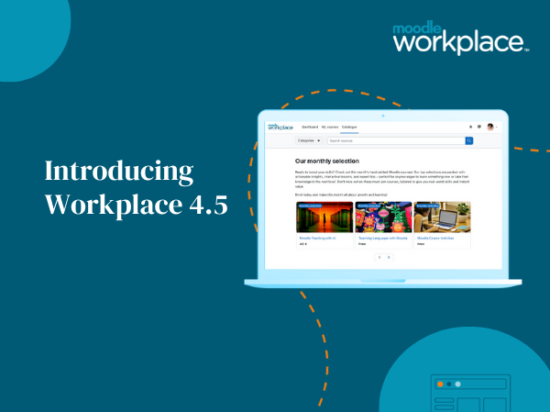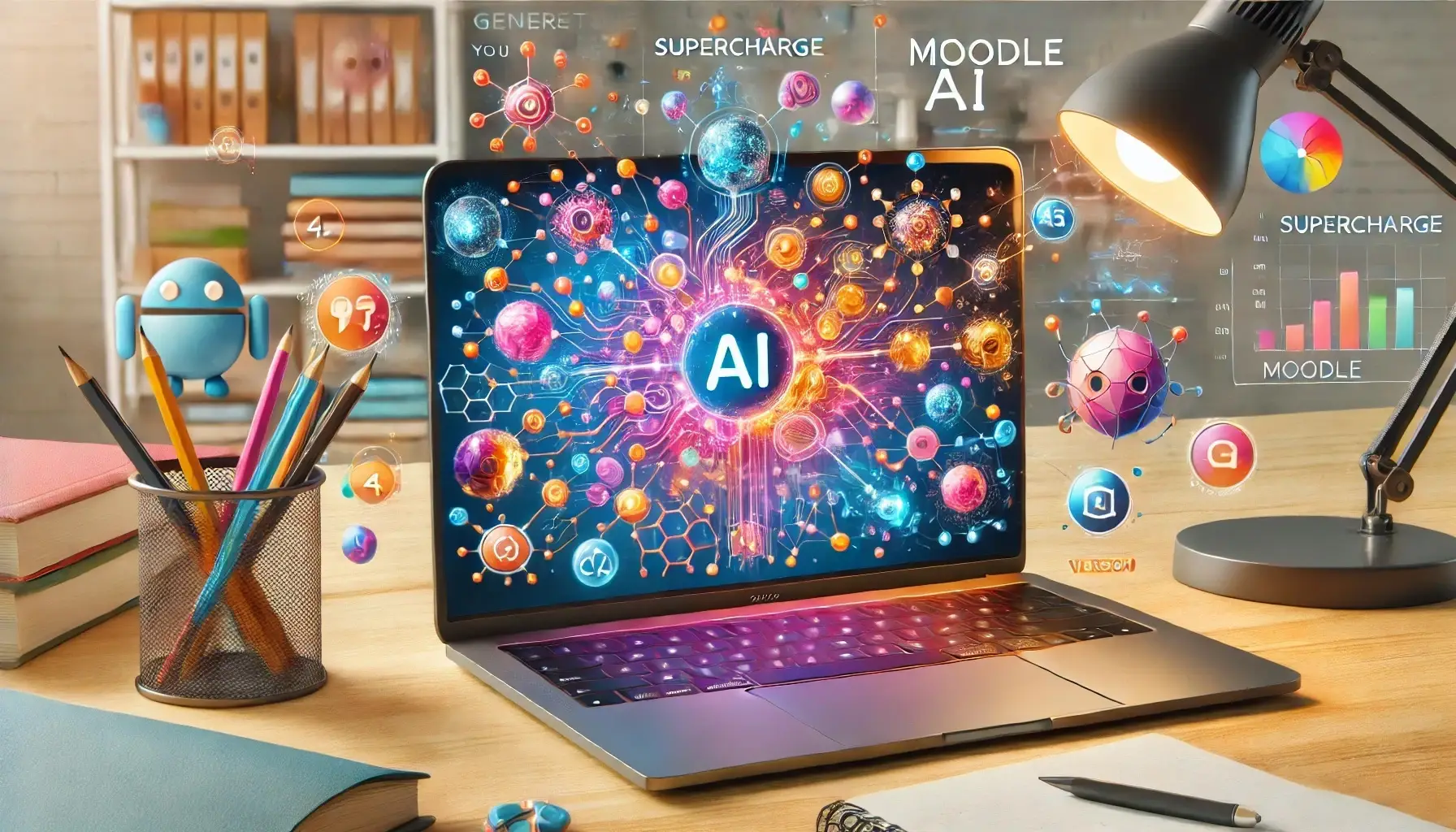L&D professionals throughout the duration of their career will deliver both instructor-led training and online facilitated courses. The two key skills in both these environments are communication and engagement. We look at the two different learning environments and the skills you need for both.
Instructor-led or face-to-face training
Instructor-led or face-to-face training is the most common form of training and L&D professionals will be familiar, if not proficient, in this method. This type of training takes place in an office or meeting room, classroom or conference room. Usually it’s with one or two trainers. For example, you would deliver instructor-led training if you were onboarding new staff, which may run for one or two days and would have up to three or more trainers.
Planning and delivery
As with all training, you need to plan your material. Below are key elements to consider:
- Set learning objectives. Without learning objectives your train will lack structure and flow. Your learners will be confused and leave the training room without any clear direction of what they’ve learnt. Let’s continue with the onboarding theme: you and your training colleague will have brainstormed key learning objectives for the first day of onboarding. These may include the strategic vision of the business, roles and responsibilities, and ground rules for effective teamwork.
- Make it relevant. Explain the importance of the strategic vision of the business. This will help new staff align their performance objective to the business.
- Plan your material. Here you would include all the elements of good instructional design: active learning, engagement, and type of content – audio, visual, or blended.
- Create a session plan. This will help you run your session and provide focus for you, especially if at times group discussion leads you astray. Having a session plan is a tool you can turn to refocus the class.
Online facilitation
We offer best practice tips in our article on ‘How to host a successful webinar’; here we expand on some of those principles. With online facilitation you can’t ‘see’ the learner, but their presence is felt virtually. You still need to be able to engage them to learn and interact with you and their fellow participants.
Planning and delivery
- Become an online learner. You will have sat through several instructor-led training sessions so you know what it feels like to be a learner. Consider taking an online course so you can relate to the experience of your online learners.
- Pilot your course on your colleagues. They will give you constructive feedback on content, design, interactivity.
- Be mindful of learning styles. Learning styles still apply in the virtual environment. Remember VAK: visual, auditory, and kinaesthetic. Include whiteboard interactivity, embed a video, ask learner to write on the blackboard.
- Initiate discussion and encourage participation. If you are shy, your learners will be too. Be proactive and ask questions. Icebreakers help; include a map of the world and ask them to pin their whereabouts.
- Time management. Just as in instructor-led training, it is easy for learners to diver discussion and steer off topic.
The skills you need for both forms of delivery are good public speaking skills, become familiar with the technology you are using. Hands up how many of us have experienced the projector failing or the PowerPoint presentation not loading or learners have had trouble logging into the online environment? Practicing and troubleshooting will help you in the long run. ALWAYS have a backup plan. Experienced L&D professionals think outside the box and on their feet especially when technology fails.
Lastly, keep it interesting and fun!







